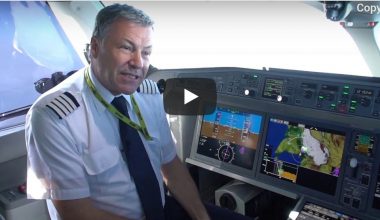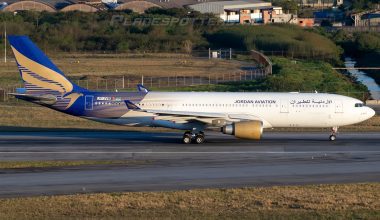Innovation Is Changing The Face Of Flight
The ever increasing number of flight passengers, and the need to balance that with climate change, is prompting huge innovation in the aircraft sector. In the UK, for example, the government have pledged US$326 million to green aircraft. The glut of global funding towards innovation has created interesting developments in the industry.
For enthusiasts and planners, this is good news. The ease with which helpful materials can be produced and the ingenuity of scientists is creating new ways for aerospace to evolve. Through this, the industry will become greener and continue to serve more people.
The use of titanium
Titanium is a versatile metal that has been used in aerospace industries for years through the application of versatile grade 5 titanium alloys. According to influential engineering mag Aero-Mag, titanium use increases 3.6% in the industry every year. However, one report suggests that aluminium, as it becomes stronger through material alloy research, will threaten the position of titanium. Where this could change is through cost-effectiveness. New processes have been invented to improve the rate and carbon impact of titanium production; paired with new 3D printing technology, this could mean specific plane parts can be easily produced at a fraction of previous costs.
Destroying the fuel cost-effect
Flights are, regrettably, one of the biggest contributors to global carbon emissions. Carbon Footprint calculates that one flight from Bangalore to Nepal will cost 0.25 tonnes of CO2, and with thousands of flights a day, this soon stacks up. In America, scientists with MIT have completed an important proof of concept exercise with relation to this – they have developed an electric, silent plane. This could also have benefit for passengers by reducing noise on the flight; some older models of plane are distractingly clunky when flying.
Removing the windows
Emirates caused consternation earlier this year when they revealed plans to remove windows from planes. Instead, virtual windows could be transposed onto cabin walls, giving a real time view of the outside, futuristically beamed in from the outside. While this has met the approval of some consumers and the disdain of others, there is an engineering motive for this. According to News.com.au, windowless planes are more aerodynamic, improving efficiency, and produce a lesser carbon footprint.
As long as the plane is the best way to get around, you’ll see new and sometimes crazy sounding ideas implemented. There is usually a good reason behind them. Through the scientists and engineers working in the industry, how you fly could be changed forever.





